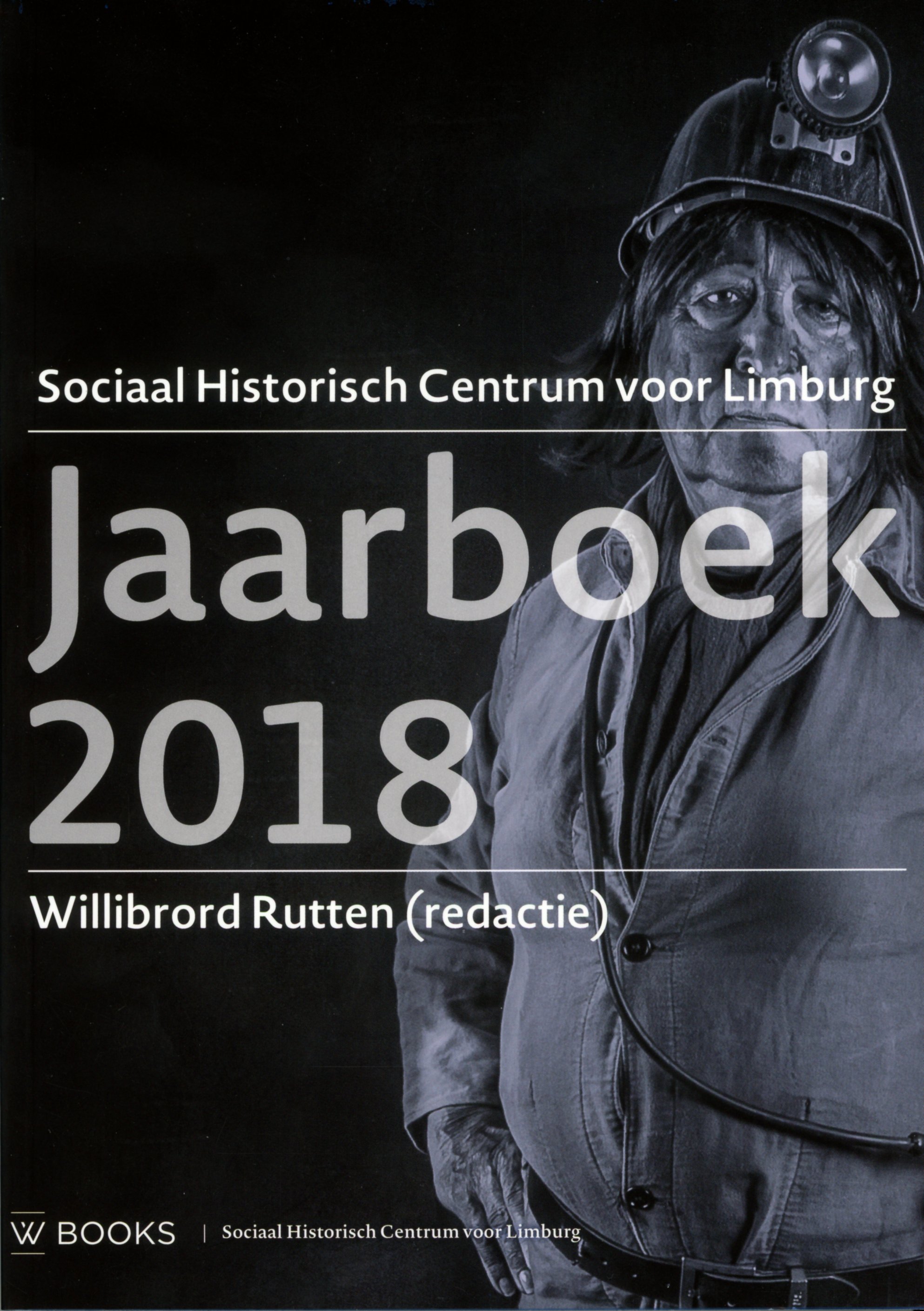Geld voor het garnizoen. Een verkenning van de Maastrichtse stadsfinanciën, 1600-1795
DOI:
https://doi.org/10.58484/ssegl.v63i12338Trefwoorden:
zeventiende eeuw, achttiende eeuw, economische geschiedenis, Limburg, Maastricht, financieel beleid, garnizoenSamenvatting
Money for the garrison. The Maastricht government finances explored
Already before 1600 war had destroyed what was left of the prestigious Maastricht medieval textile industry. The city’s income was generated largely by levies on the transport on the river Meuse. As a blessing in disguise came the upscaling of the military presence and the fortifications in particular after 1632, when Dutch troops conquered the town to make Maastricht one of the most important strongholds of the Dutch Republic. Economic life within the city walls adapted to the presence of the numerous soldiers, their families and servants. Their numbers fluctuated depending on the military operations in the region. Yet these people contributed largely to the municipal tax income. Money for building projects, soldier’s payments and equipment for warfare poured into the local economy. The citizens were by tradition obliged to provide housing and furniture for the troops for free and this burden shifted gradually from the private purse to the towns treasury. However, the bulk of the cost of the military presence was paid for by the United Provinces of the Dutch Republic and not by the city of Maastricht. Maastricht successfully exploited its new status as a military stronghold. From the early 17th century local tradespeople created a living by servicing the garrison and supplying the surrounding countryside. This earnings model persisted far into the 19th century.
Downloads
Gepubliceerd
Nummer
Sectie
Licentie

Dit werk wordt verdeeld onder een Naamsvermelding-NietCommercieel 4.0 Internationaal licentie.



